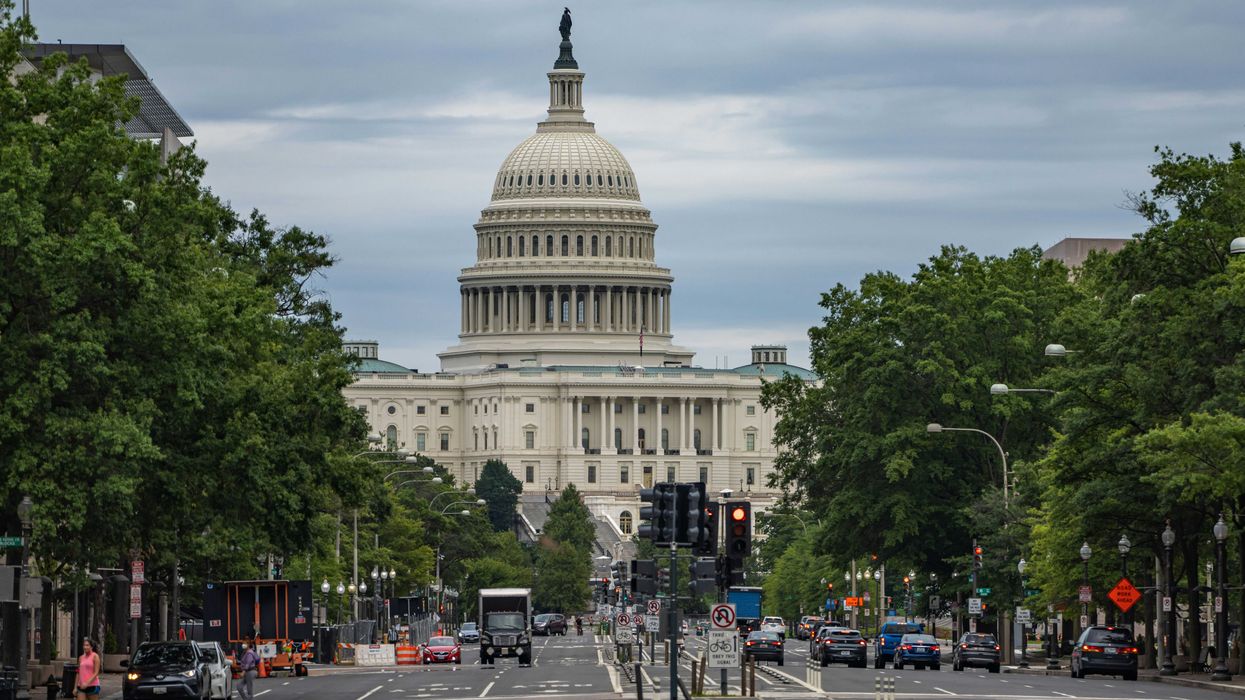Indigenous leaders from across Ontario are vowing legal and on-the-ground resistance to Bill 5, a sweeping provincial mining law that was drafted without their input and threatens protected lands and treaty rights.
Fatima Syed reports for The Narwhal.
In short:
- Bill 5 would allow the Ontario government to fast-track mining in “special economic zones” by overriding species protections, land-use rules, and heritage site safeguards.
- First Nations leaders say the bill violates treaty rights and fails to fulfill the government’s duty to consult, warning it could destroy fragile ecosystems and sacred sites in regions like the Ring of Fire.
- Despite late amendments promising consultation, Indigenous communities say trust has been broken, calling the bill colonial, coercive, and designed to silence their voices.
Key quote:
“Bill 5 is an attempt to consult after the fact. It’s based on promises and ‘trust me.’ But we don’t trust you. I don’t know how much clearer I can be.”
— Scott McLeod, Lake Huron Regional Chief for the Anishinabek Nation
Why this matters:
Accelerated mining without clear, collaborative governance risks repeating a long and painful history of land dispossession, toxic pollution, and broken promises. While provincial leaders argue that fast-tracked extraction is vital to economic competitiveness — especially in light of international trade pressures — Indigenous communities point to unfinished business: undrinkable water, degraded ecosystems, and government indifference. They are not opposing development outright, but demanding it proceed on terms that honor their legal rights and responsibilities to the land. Bill 5, in their view, strips away those protections and trust, favoring profit over partnership.
Read more: Ontario’s Bill 5 could sideline Indigenous rights and fast-track mining in the Ring of Fire














